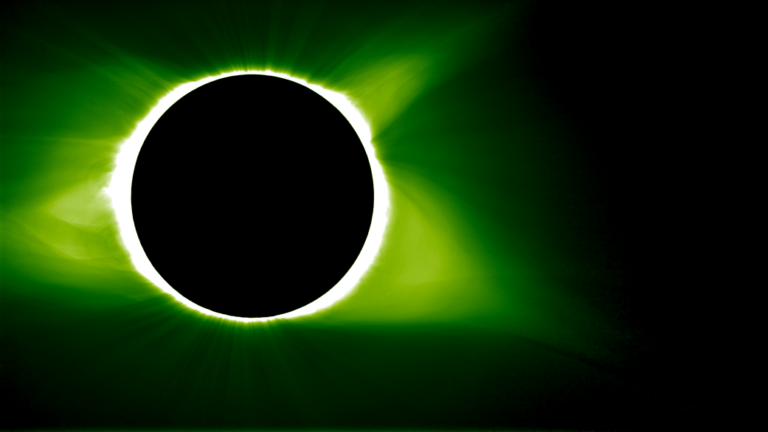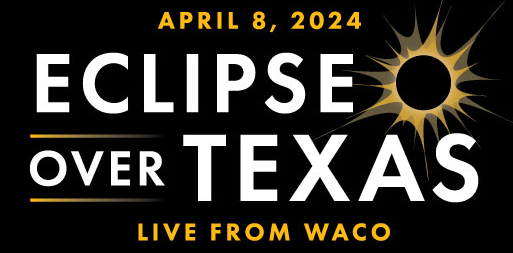
We can see total solar eclipses thanks to two phenomena: the orbital motions of the Earth and the Moon, and a cosmic coincidence that renders the Sun and Moon to appear similar in size as seen from Earth.
Solar eclipses can only happen during the new phase of the Moon, when the Moon lines up between Earth and the Sun. If the three bodies are not quite aligned, then the Moon may block part of the Sun in what is called a partial solar eclipse. If the three are perfectly aligned, then the Moon can completely cover the Sun, creating a total solar eclipse.
However, because the distance between the Moon and Earth varies, the Moon will sometimes appear a little larger or smaller than its average size. Occasionally, even when the three bodies are perfectly aligned, the smaller-than-usual Moon won’t completely block the Sun, leaving a ring, or annulus, of the Sun showing. This is known as an annular eclipse.
There is more to the story, and in order to understand it, a look at one of space’s curiosities is necessary. The Sun has a diameter about 400 times greater than that of the Moon, but it also happens to be 400 times further from Earth than the Moon. This means that the two bodies, as seen from Earth, appear to be about the same size. If the Moon was farther away from Earth, then it would appear smaller and could never completely cover the Sun. In that case, total solar eclipses wouldn’t be visible from Earth; the best we could hope for would be annular ones. This will eventually become the case; with the Moon moving away from Earth at a rate of 1.5 inches per year (about the same rate that our fingernails grow), in several hundred million years it will be too small to completely block the Sun.
On average, total solar eclipses occur once every 18 months. But the path from which such events are visible is narrow and varies with each eclipse, so total solar eclipses cross the same geographical area on Earth only about once every 375 years. This will be the last total solar eclipse visible from anywhere in the continental United States until August 23, 2044, and the last one visible from a large swath like the 2024 eclipse until August 12, 2045. The 2024 total solar eclipse will also be the first one visible from Waco since July 29, 1878, and the last one of this millennium—the next total solar eclipse that will be visible from Waco won’t occur until after the year 3000.

